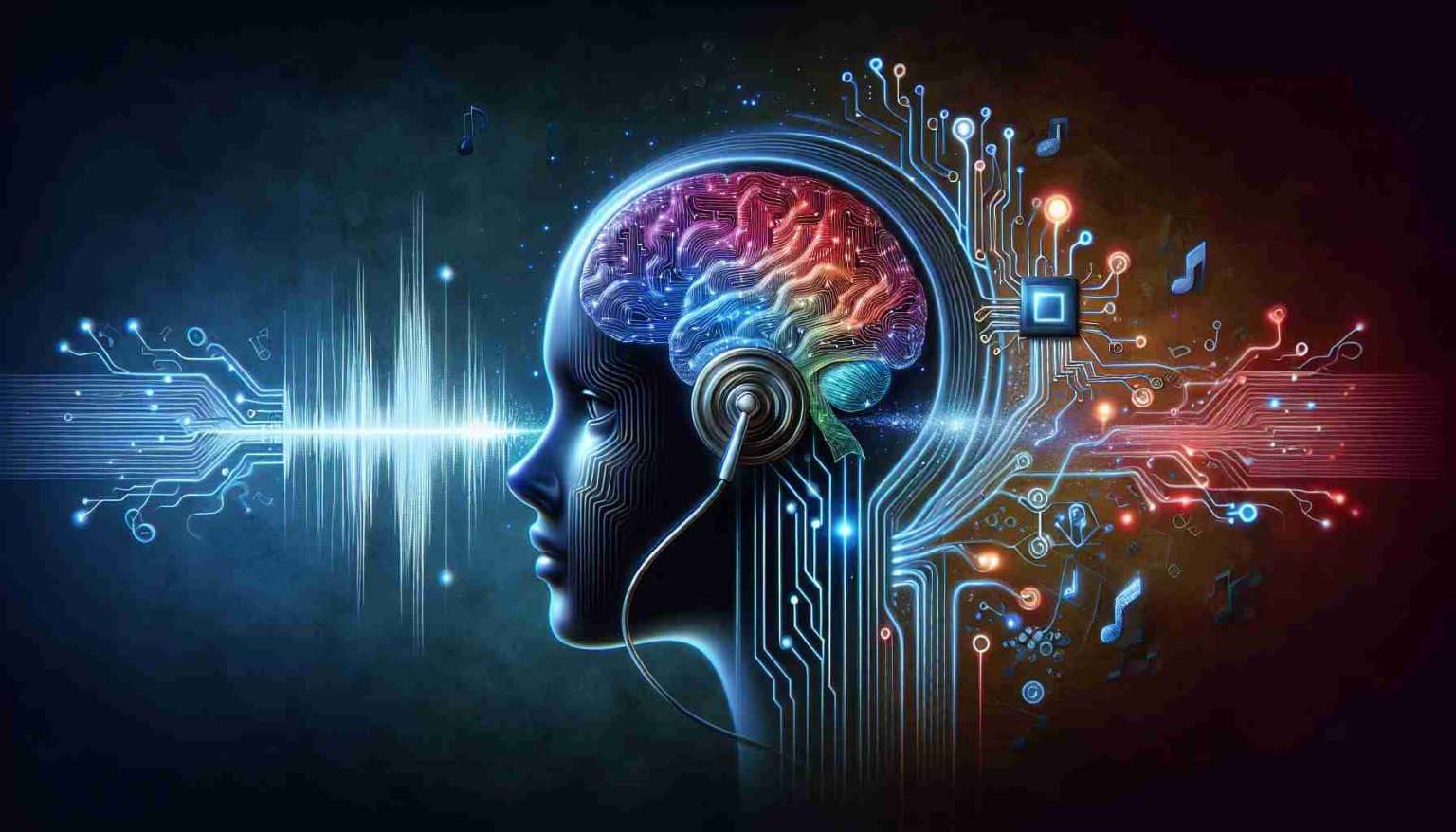Technology: In recent years, advances in artificial intelligence have transformed the ability of machines to interact more naturally with humans. One exciting frontier is OpenAI’s text-to-speech (TTS) technology, which has made significant progress in creating lifelike and expressive speech. Although OpenAI is best known for its language models GPT-3 and AI initiatives like ChatGPT, its foray into text-to-speech is also garnering attention.
The allure of OpenAI’s text-to-speech capabilities lies in their potential to revolutionize accessibility, providing people with visual impairments or reading difficulties a seamless way to access information. By converting written text into spoken words, these systems provide a personalized experience that can adapt to different languages and dialects, ensuring inclusivity.
Accuracy and expressiveness are the hallmarks of OpenAI’s approach. Most TTS systems struggle with nuances like tone, emotion, and inflection, but OpenAI’s research efforts aim to overcome these challenges. By using techniques similar to the deep learning techniques used in its language models, OpenAI creates voices that not only sound realistic but can also convey subtle emotional cues.
Organizations can leverage this technology in applications ranging from customer service to audiobook production. The implications are vast, leading to better user experiences across a variety of domains. While OpenAI’s text-to-speech technology is still being developed, it represents a significant leap forward in AI’s ability to seamlessly integrate into daily life. As research progresses, we can expect even more sophisticated and human-like conversations, opening up possibilities that could once only be imagined in science fiction.
